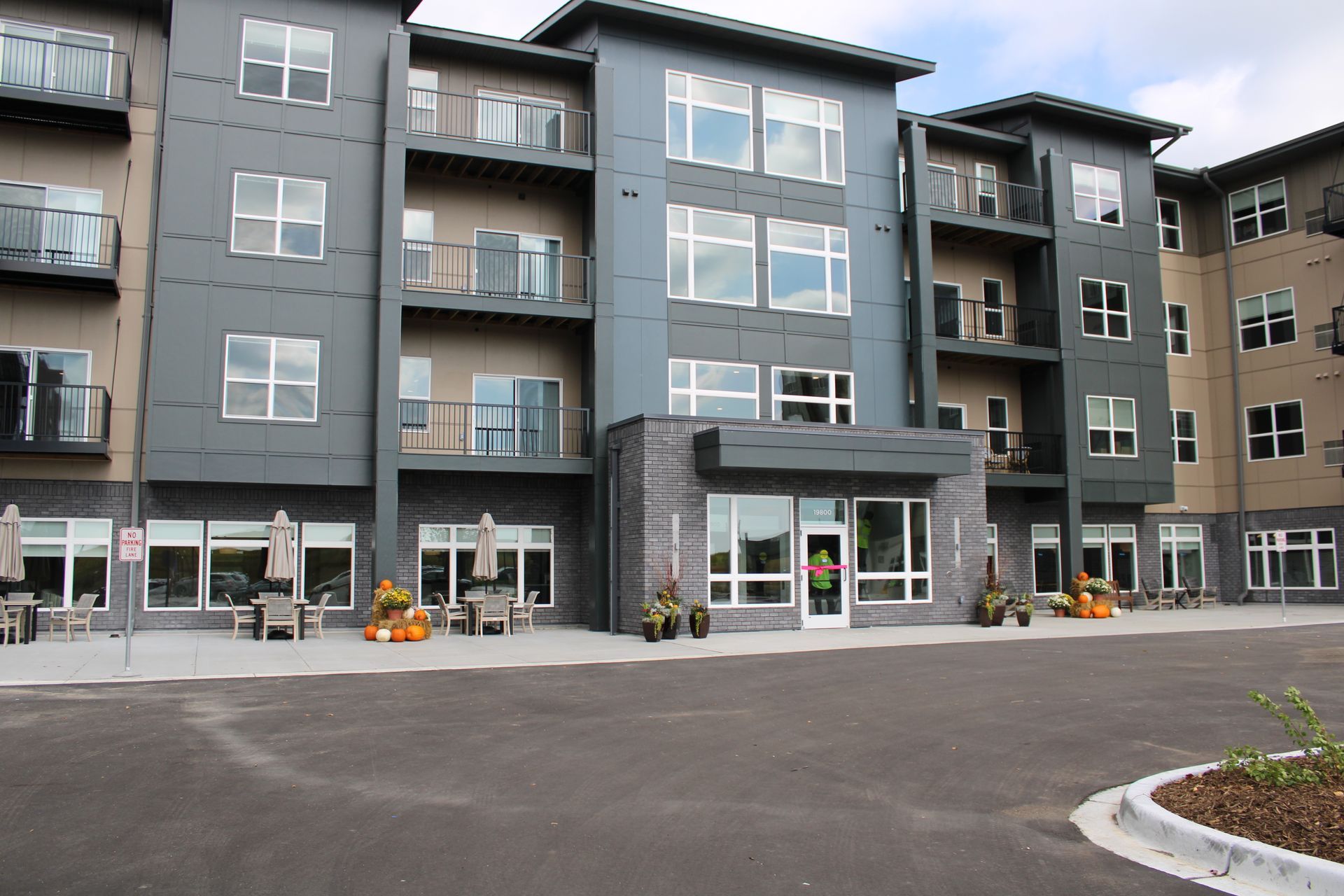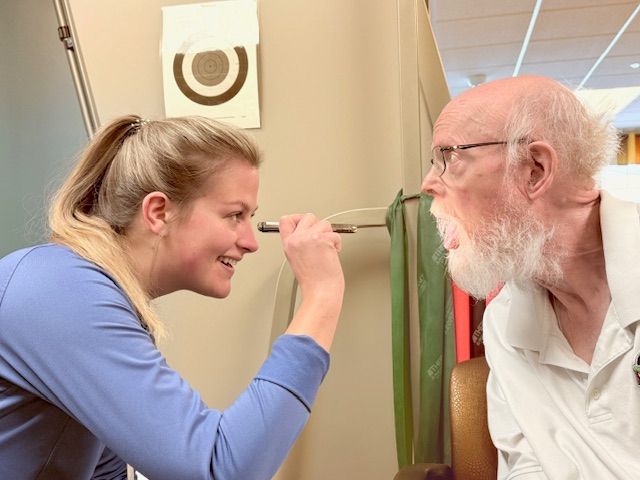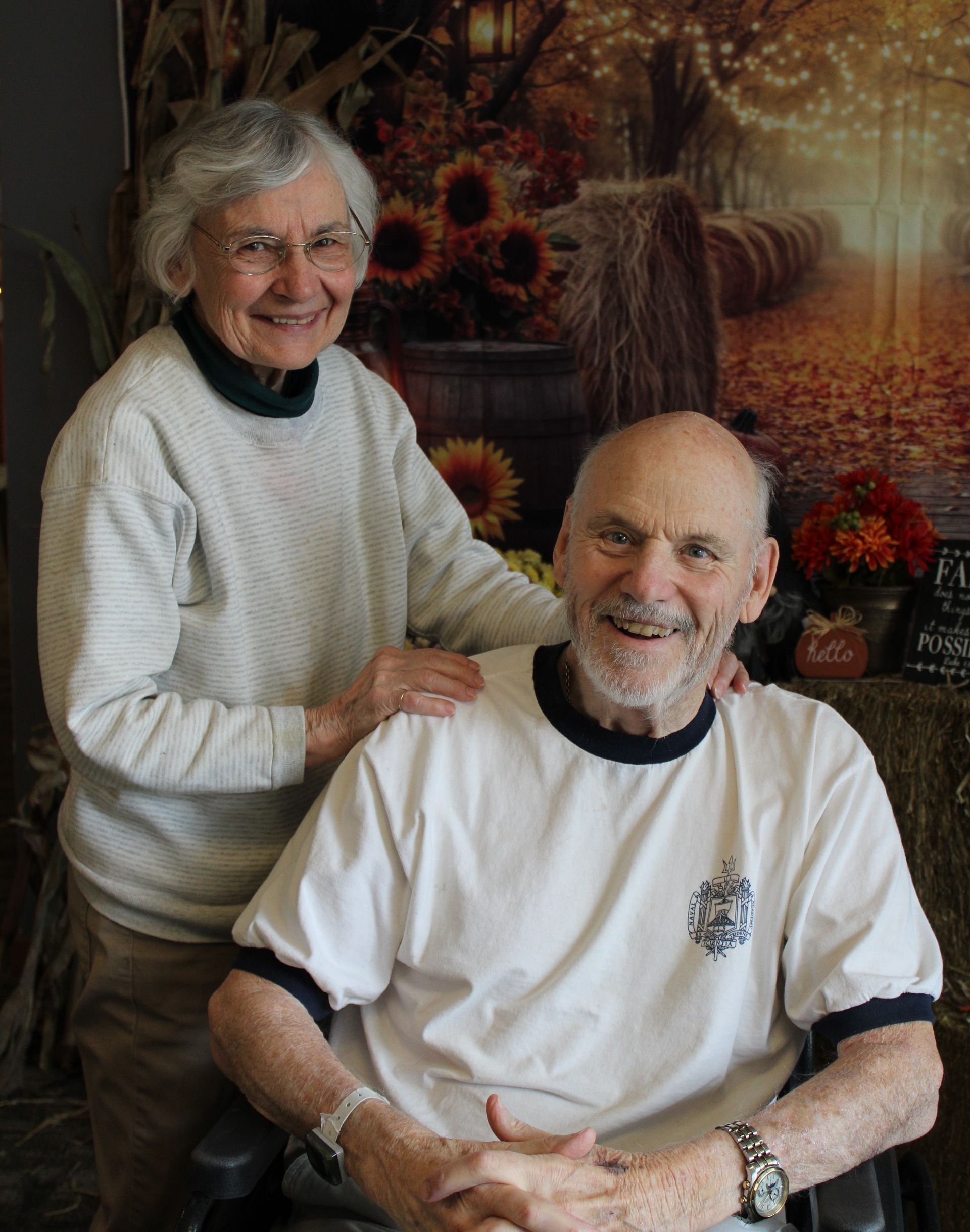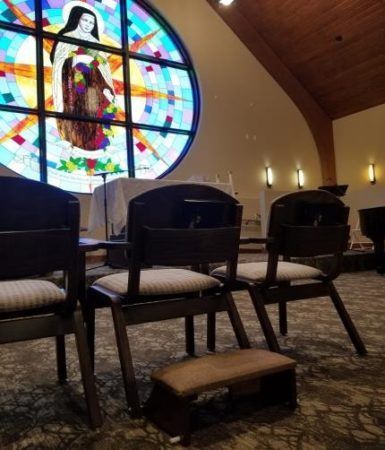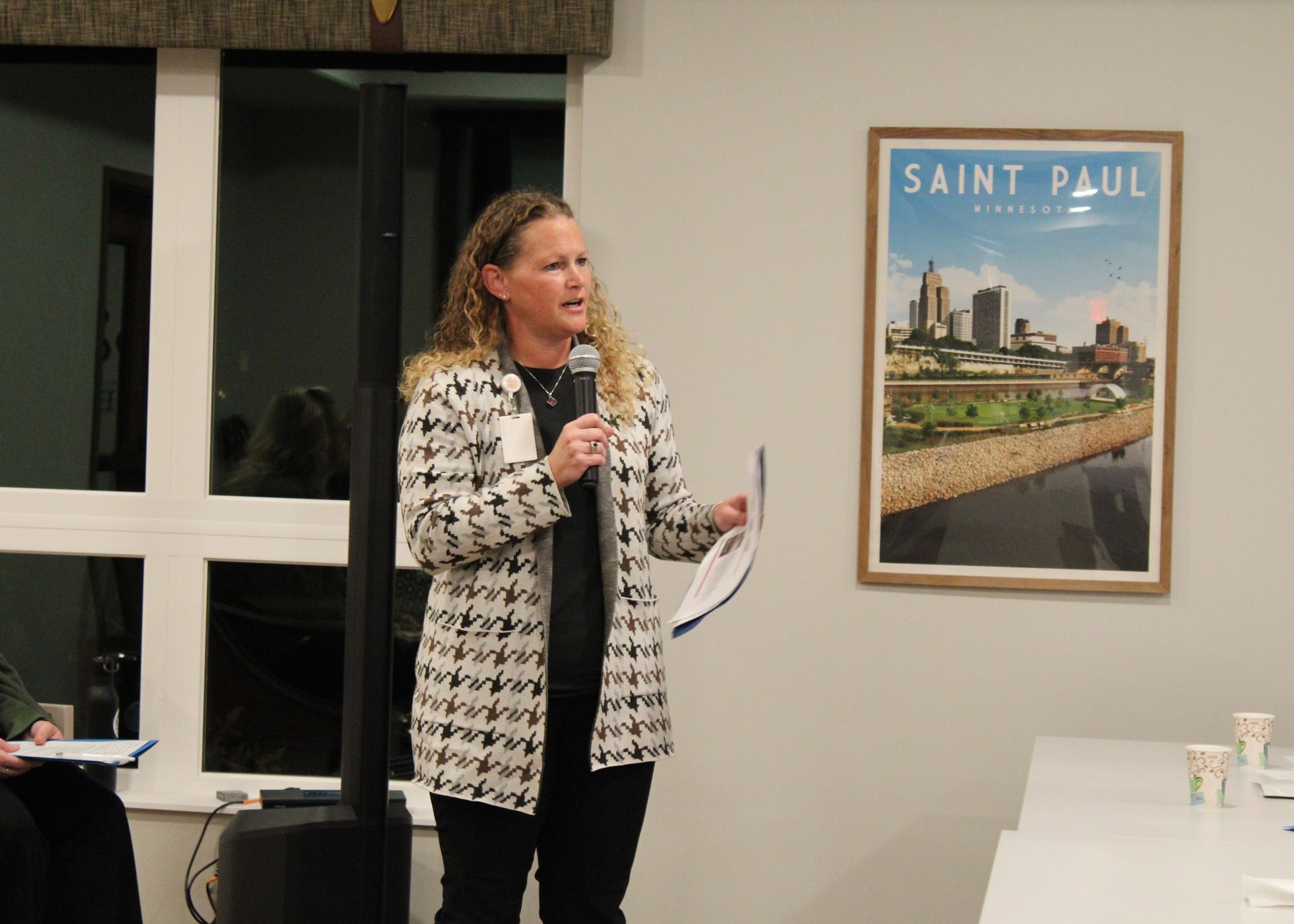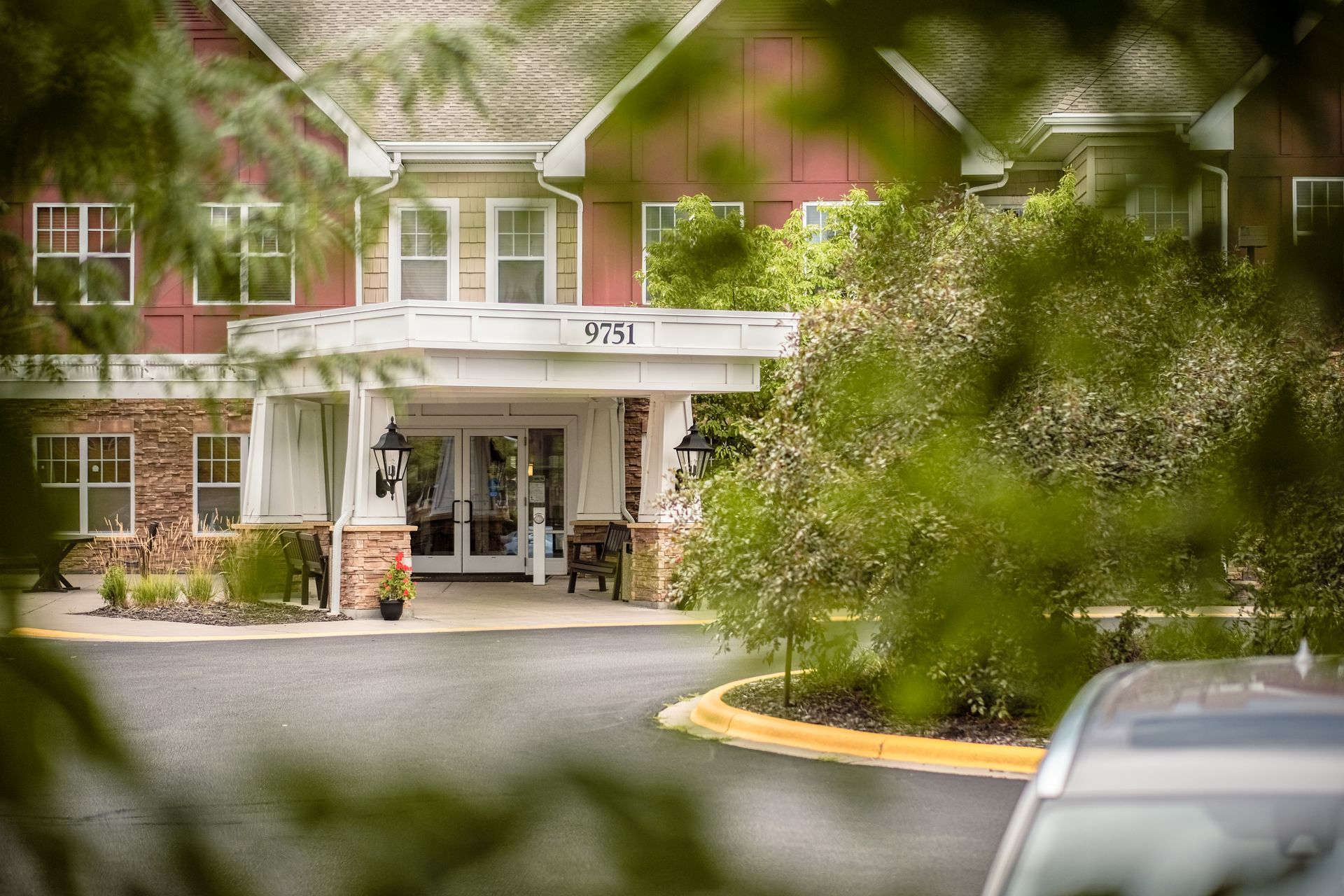
Resident Harold Hansen: Spirit of Aging award recipient
LeadingAge Minnesota’s Spirit of Aging award celebrates seniors who embody active, vibrant aging, engage in activities that defy stereotypes and strive to make a difference in the lives of others. And, there’s no better example than Saint Therese resident Harold Hansen.
There are countless reasons why Harold “Hans” Hansen was honored with this award and we’re so proud to share each of them.
Harold and his wife, Delores, have been independent living residents of Saint Therese of Woodbury since the community opened its doors in 2016. Both Hans and Delores, living well in their 90s, lead active, social lifestyles and show no signs of slowing down.
Harold is a regular volunteer in our community. He willingly shares his time in an effort to spread joy to others.
“Harold’s selflessness, deep compassion, and charismatic spirit are infectious in our community. He is a companion and advocate for everyone and, above all, he embodies active and vibrant aging.”
– Katie Leonard, director of community life at Saint Therese of Woodbury
One of Harold’s greatest gifts is his incredible craftsmanship in the art of woodworking. Harold uses our community woodshop to create items requested by other residents, to support the needs of our employees and even to build donations for the Saint Therese Foundation.
After meeting with Woodbury, Minnesota’s EMS Commander, Harold learned how often seniors are alone when experiencing a medical emergency. He saw an an opportunity to further support the individuals living in his community and got to work. His creation, the “Buddy Block” system, is a safety process now embraced by everyone at Saint Therese of Woodbury.
So, how does it work? Harold hand-crafted wooden squares, yellow on one side; black on the other, for residents to put outside their apartment doors. During the day, residents turn the block to show the yellow side. In the evening, they flip the block to the black side. Every day, residents monitor one another’s well-being by keeping an eye on each other’s blocks. In the event a resident’s block isn’t turned for the current time-of-day, a neighbor will check-in with him or her. If contact can’t be made via phone or a door knock, the neighbor requests a safety check from reception.
Pretty incredible, right?
Harold’s activism doesn’t end there. He supports Saint Therese employees by offering words of reassurance, lighthearted humor and complimenting even the smallest of things.
“As a first-time administrator, I cannot forget the long road of building trust and proving my credibility with the residents and staff. Harold would send me encouraging emails after a particularly challenging Resident Council or leave a funny joke on my desk [when its needed most]. I have several cherished emails I re-read during difficult days. It is these seemingly little things that have such a large impact on our team.”
– Katelyn Nowack, executive director, Saint Therese of Woodbury
Some of the other, mission-driven projects Harold has finished with extraordinary love:
- Specially designed and installed kneelers for the existing chairs in our chapel so his friends and neighbors may pray more comfortably during Mass and times of reflection
- Numerous beautifully crafted, raised garden beds (designed with wheelchairs in-mind) so long-term care residents can easily enjoy tending to their plants
- Hand-carved birds as donations for the Saint Therese Foundation to help raise money for community projects and activities for his friends and neighbors
- A coat rack for our Club Room; no one asked him for it, he simply thought everyone just might like one there to share
- A very special leisure cart — filled with magazines, books, crosswords, word finds, coloring books and more — meant to help employees bring a little extra joy to residents living in our long-term care neighborhoods
- Magazine holders for the library in Saint Therese of Woodbury’s Town Center; to help us stay neat and organized
Harold’s zest for life continues to redefine senior living. His love for others has shaped the culture at Saint Therese in such a positive way.
As an entire organization, we’re so proud to not only celebrate Harold’s many accomplishments but to applaud his generosity, compassion and selflessness.
About
At Saint Therese, our heartfelt purpose since 1968 has been a people first approach to living well by providing senior care and services where every life we touch feels welcomed, respected, and heard. We achieve this by doing ordinary things with extraordinary love every single day. Contact us to learn more.
